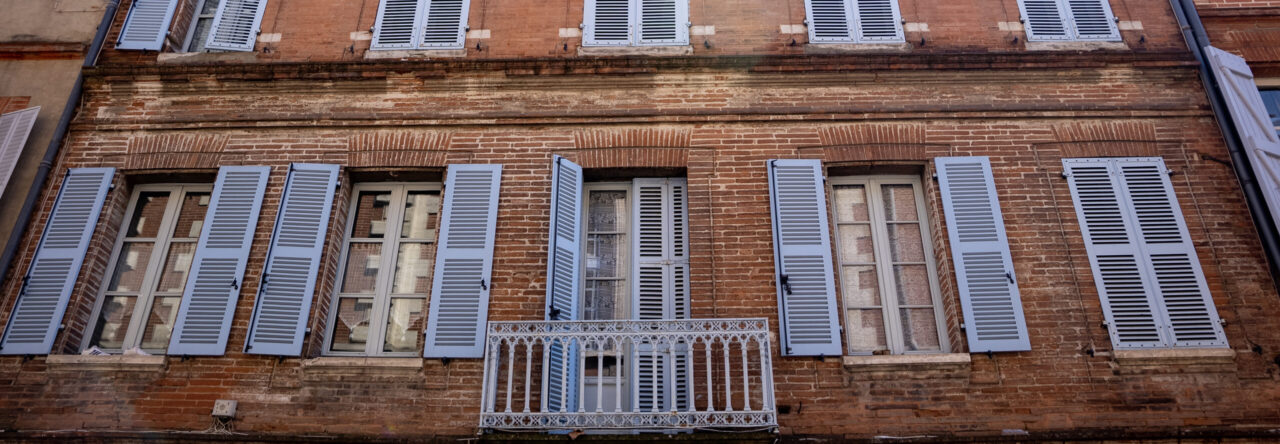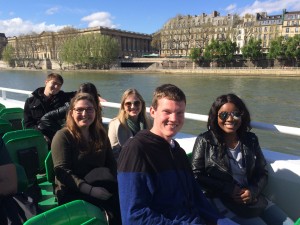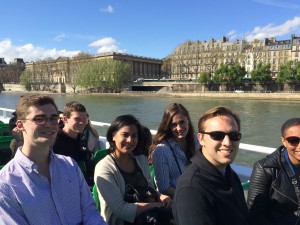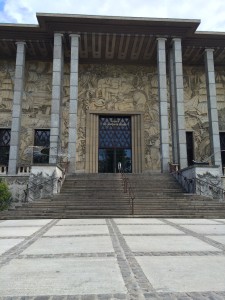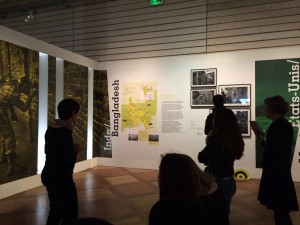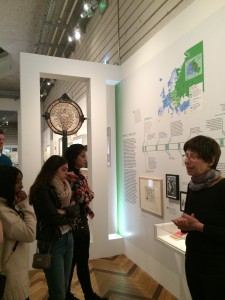– Ethan Farber
Bienvenue, voyageur américain ! Vous êtes arrivé à Toulouse, la quatrième ville de France et un centre culturel et commercial important du sud-ouest du pays. Voici une carte pour que vous puissiez vous repérer.

Comme toute ville importante, il y a toujours quelque chose à voir et à faire à Toulouse. Le plus important c’est de savoir se déplacer dans la ville. Vous avez probablement apporté quelques bouquins remplis de conseils sur où aller, quoi visiter et quoi manger. C’est sûr! J’ai fait pareil.

Cependant, être bien renseigné ne représente que la moitié de l’équation. L’autre moitié consiste à savoir traverser la ville. Toulouse vous offre une grande variété d’options de transport public et dispose d’un réseau exceptionnel et varié : des bus, des lignes de métro, un tramway, des taxis et des navettes. Il n’est pas du tout difficile de se déplacer dans la ville.
En réalité, le but de cet article n’est pas de vous conseiller de profiter du système de transport public de Toulouse. Vous allez y passer plusieurs mois, voyageur américain, et vous prendrez sans doute le métro et le bus plusieurs fois. Je voudrais vous présenter une autre façon de vous déplacer dans la ville. Regardez plutôt la photo suivante.

Le canal du midi, photo de Ethan Farber
Quel beau tableau, resplendissant et serein—attendez. Qu’est-ce que c’est que ça ?
AGRANDISSONS UN PEU….

AGRANDISSONS ENCORE…..

Est-ce un oiseau ? Un avion ? Non, c’est un vélo. Un vélo, vous dis-je ! Eh bien, quelle est l’importance d’un simple vélo ? Me direz-vous. Rien d’inhérent, sauf que les Français, et les Européens en général, adorent les vélos. Lorsque l’on circule dans la ville, pas une minute ne s’écoule sans qu’on ne voie quelques Toulousains filer près de nous à toute vitesse. À vrai dire, c’est totalement différent de mes expériences dans les banlieues de St. Louis, ma ville natale.
Cependant, après y avoir réfléchi, on peut voir pourquoi rouler à vélo est tellement populaire dans une ville comme Toulouse. Bien que Toulouse soit la quatrième ville de France, le centre-ville n’est pas particulièrement grand, et au lieu de passer du temps à marcher jusqu’à la station de bus la plus proche et d’attendre le bus suivant, il est souvent plus facile de rouler à vélo jusqu’à sa destination. De plus, la plupart de rues ont une voie réservée aux bus et aux vélos, et il y a même un service public qui met à disposition des vélos pour tous. Ce service s’appelle Vélo Toulouse, et il s’agit de centaines de dépôts de vélos éparpillés partout dans la ville de façon à ce que l’on puisse toujours louer un vélo facilement.
Un service similaire existe dans d’autres villes françaises, y compris Paris. À mon avis, on devrait considérer ces services comme une attitude culturelle vis-à-vis des transports et du temps. Les Français, et peut-être les Toulousains en particulier, ont une conception du temps plus souple que celle des Américains. On ne devrait pas être surpris qu’il existe le « quart d’heure toulousain », c’est-à-dire les 15 minutes de plus qu’il faut attendre pour les concerts ainsi que pour les rendez-vous. Mon hôtesse et d’autres habitants de Toulouse m’ont informé que cette attitude décontractée est caractéristique du sud de la France, où les gens aiment prendre leur temps et apprécier l’environnement autour d’eux.
Mon hôtesse m’a aussi confié qu’il existe selon elle un contraste avec l’inclination américaine vers l’optimisation et la productivité. Je pense que cette différence mérite de la considération, et qu’elle met en valeur quelque chose d’important que je souhaite partager avec vous, voyageur américain…
Roulez à vélo pendant votre séjour! Une fois par semaine suffira. Ne voyez pas le métro et le bus comme les seuls moyens pour vous déplacer dans Toulouse, car ni l’un ni l’autre ne vous apprendra le plan de la ville, et aucun des deux ne vous encouragera à regarder autour de vous.
Souvenez-vous de prendre votre temps ici. Essayez de prendre du plaisir en voyageant dans la ville. Explorez les petites rues et les ruelles de temps en temps. Vous passez tout un semestre à l’étranger pour voyager, apprendre et explorer. Alors, explorez donc, je vous en implore!

Une balade à vélo, photo de Ethan Farber
On ne sait jamais quel beau tableau on rencontrera.
